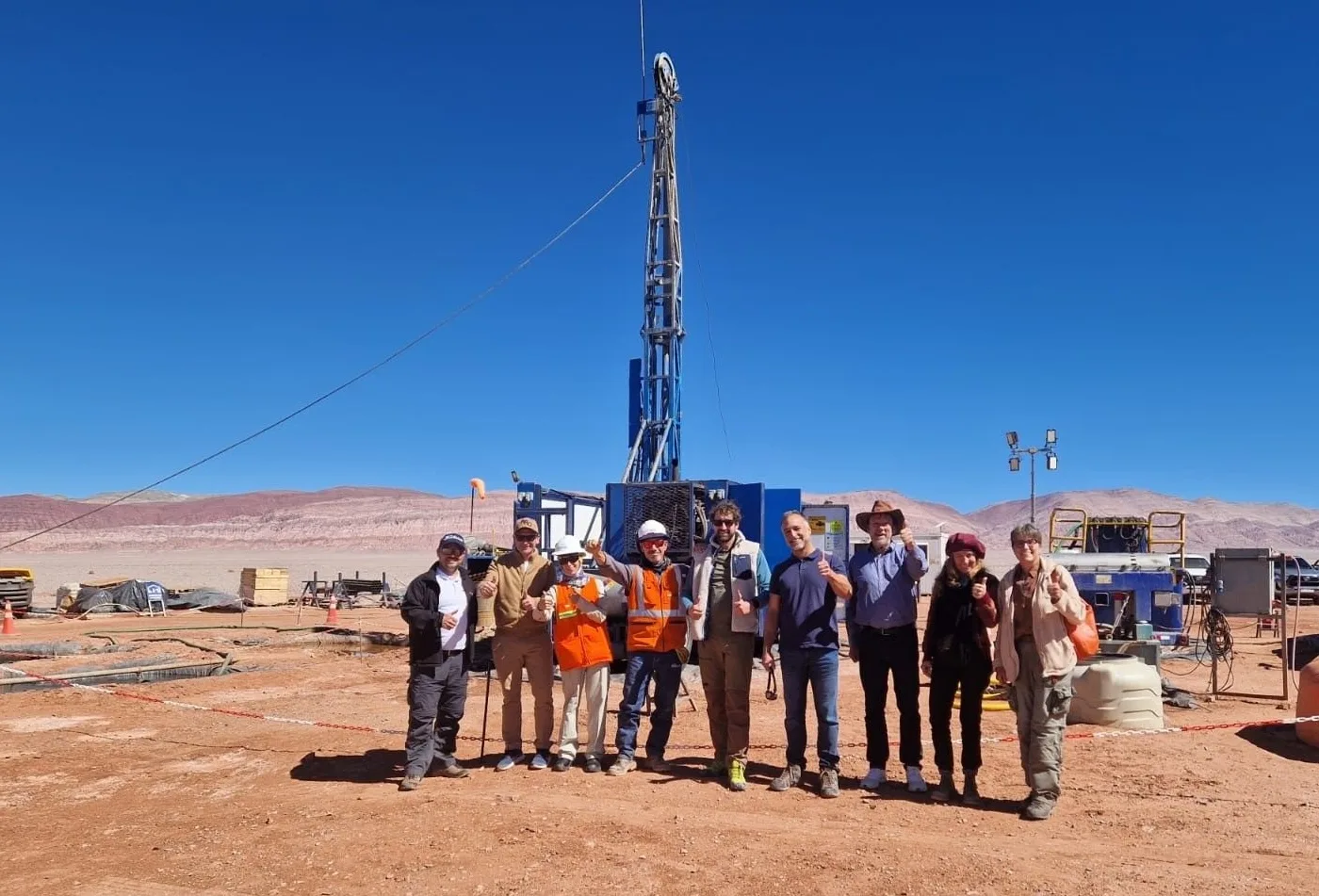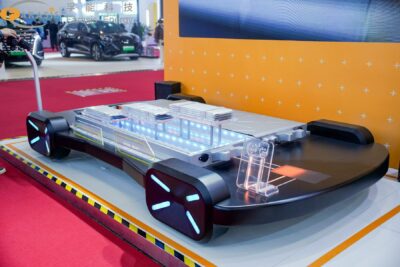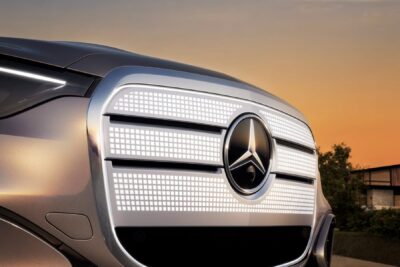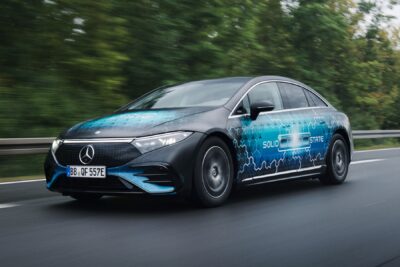Deutsche E-Metalle reports successful lithium drilling in Argentina
According to the company, the ESG-certified project in the Argentine province of Catamarca is the only German project to date that has found sufficient lithium for sustainable production in Argentina’s lithium triangle. From 2030 onwards, this could potentially supply the batteries of up to one million electric cars per year with ESG-compliant lithium.
The Carachi Blanco project consists of 27 concessions covering a total area of 70,000 hectares. It is located in the southern Puna plateau of the Central Andes and is characterized by arid conditions, closed basins at high altitude, and active tectonic and volcanic processes. Nearby are the projects of Arcadium Lithium, which were acquired last year by mining company Rio Tinto for US$6.7 billion.
However, years of preparation are necessary before lithium can be mined on a large scale in Carachi Blanco. According to Deutsche E Metalle, extensive geophysical measurements were carried out in the run-up to the drilling that has now been completed, including Transient Electromagnetics (TEM) and CSAMT. These revealed several zones with high electrical conductivity – an indication of potentially lithium-rich brine deposits.
Only then could the first drilling campaign begin, following approval of the environmental impact assessment (EIA) between November 2024 and September 2025. The drilling campaign revealed promising lithium concentrations of up to 377 mg/L. A total of 20,000 liters of mineralized brine was also extracted for testing purposes. In addition, DEM encountered a high-quality freshwater aquifer, which, according to the company, could secure the project’s future water and energy supply – a decisive location advantage in the arid highlands of the southern Puna region.
“After three years of intensive project development in Argentina, we are now pleased to announce a very promising lithium discovery following the completion of the drilling campaign. The high lithium grades and flow rates of the brine confirm the impressive potential of our deposit and mark an important milestone on our path to sustainable lithium production,” DEM CEO Micha Zauner told electrive.
Production planned using DLE method
It’s worth mentioning that this work is being carried out by the Lithium Mining Corporation (LMC), a US-based subsidiary of DEM. LMC acts as the operating arm, overseeing international exploration and development, while DEM acts as the parent company – providing capital, ESG oversight, and investor communications. To manage activities locally, LMC established its own Argentine subsidiary called Cuatro Patas SRL, which conducts drilling, sampling, and environmental permitting for the Carachi Blanco project.
It’s through these subsidiaries that DEM plans to commence regular lithium production in Carachi Blanco in 2030. The company expects to produce 30,000 tons per year of LCE (lithium carbonate equivalent) using the sustainable DLE (direct lithium extraction) extraction method – a technology for extracting lithium from salty deep water (brine) extracted from underground.
A few steps are still necessary to get the project off the ground: the feasibility study, the mining permit, and the FID (final investment decision) to build the production facility. This facility is to be powered by renewable energies (photovoltaics, geothermal energy, and wind power).
Info via email
This article was originally published by Florian Treiß for electrive’s German edition





0 Comments